 Employee Experience
Employee Experience
 Employee Experience
Employee Experience
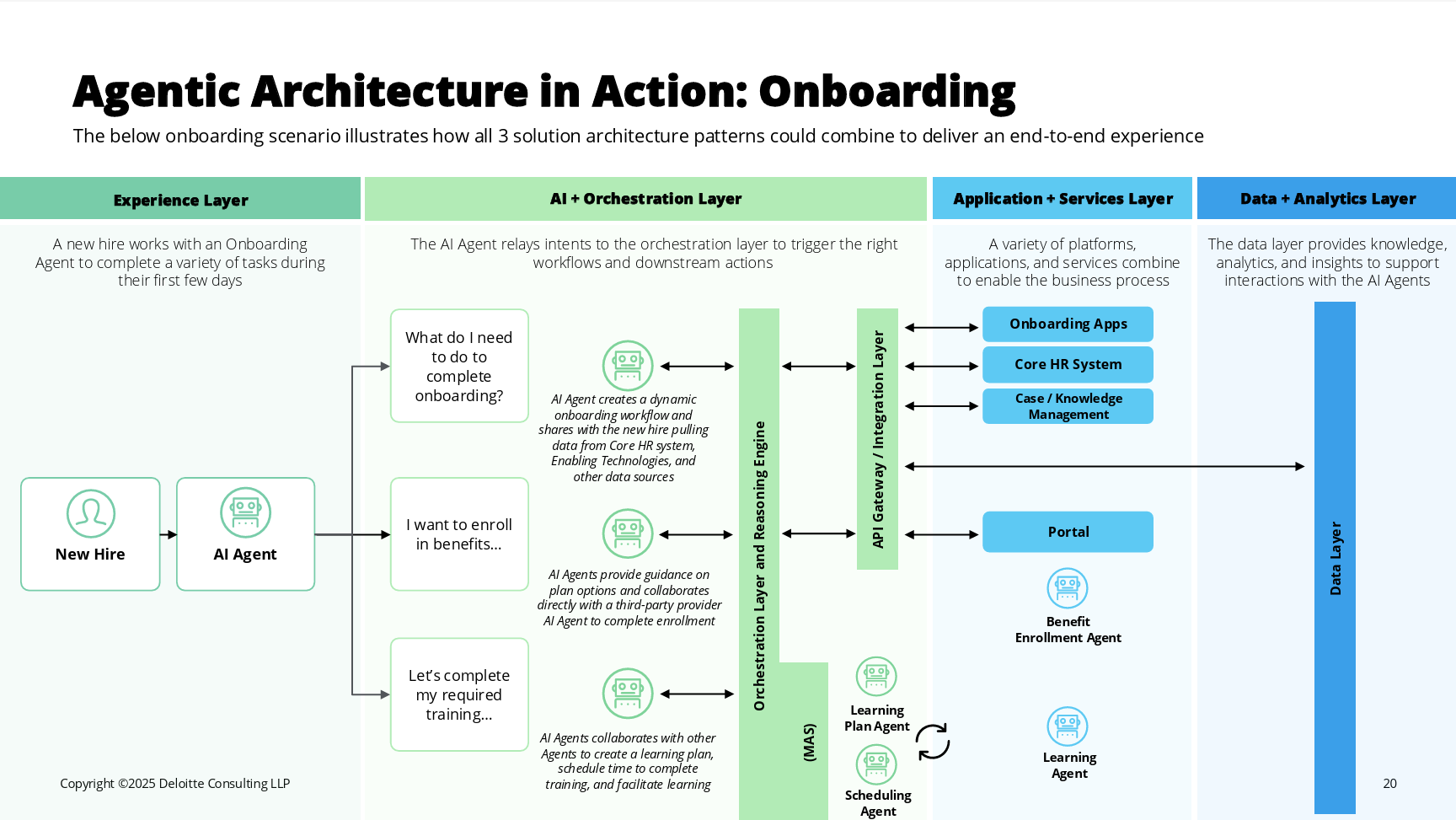 Employee Experience
Employee Experience
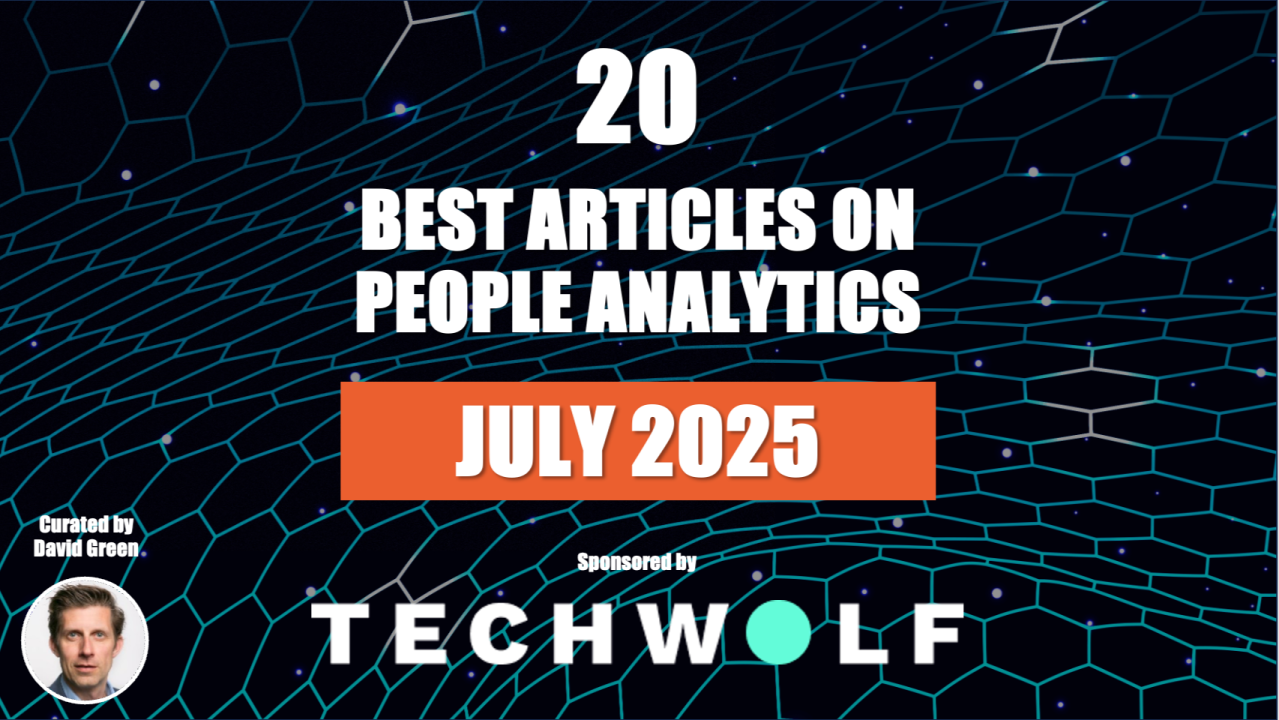 Employee Experience
Employee Experience
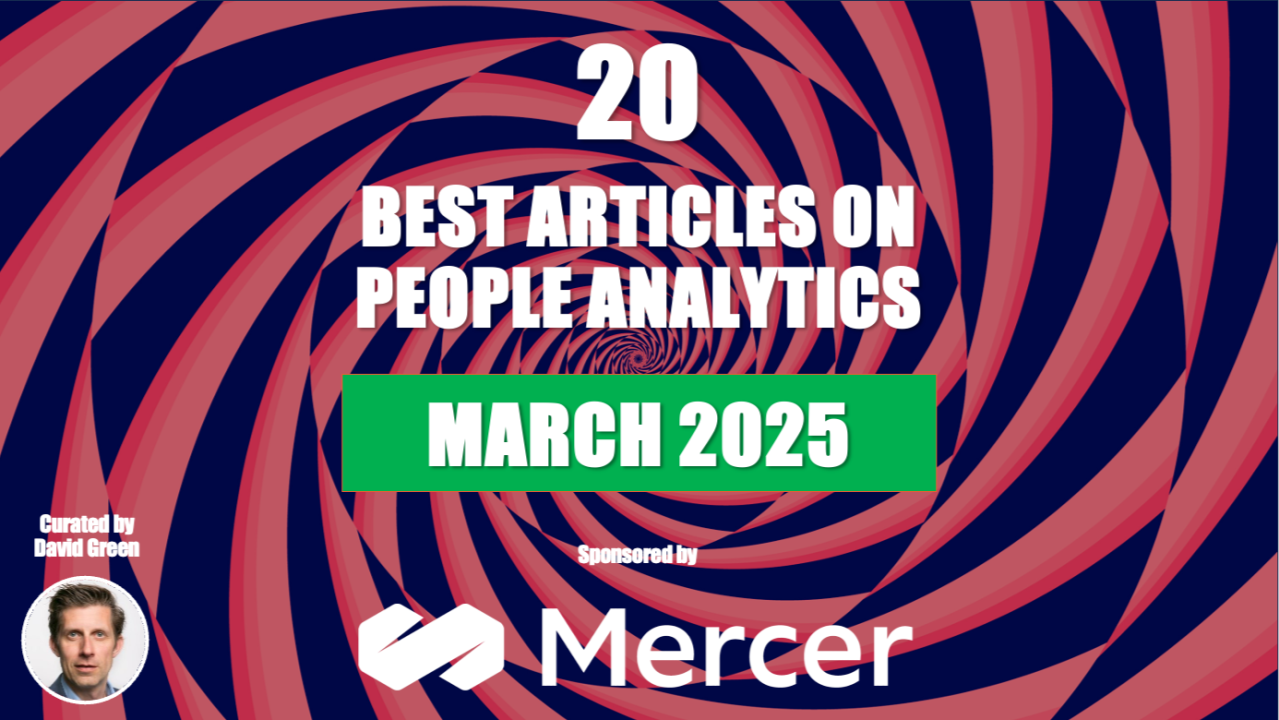 Employee Experience
Employee Experience
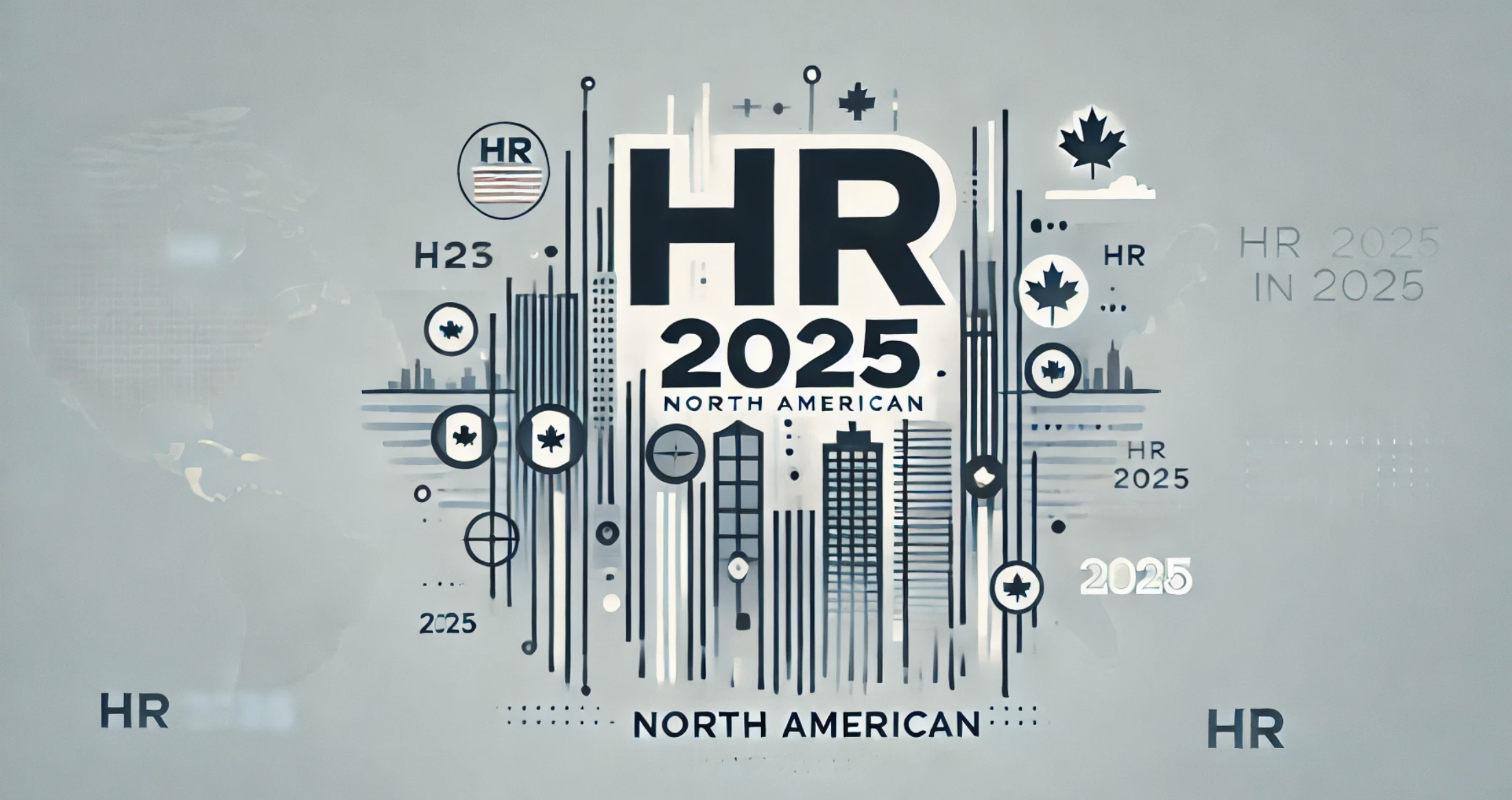 Employee Experience
Employee Experience
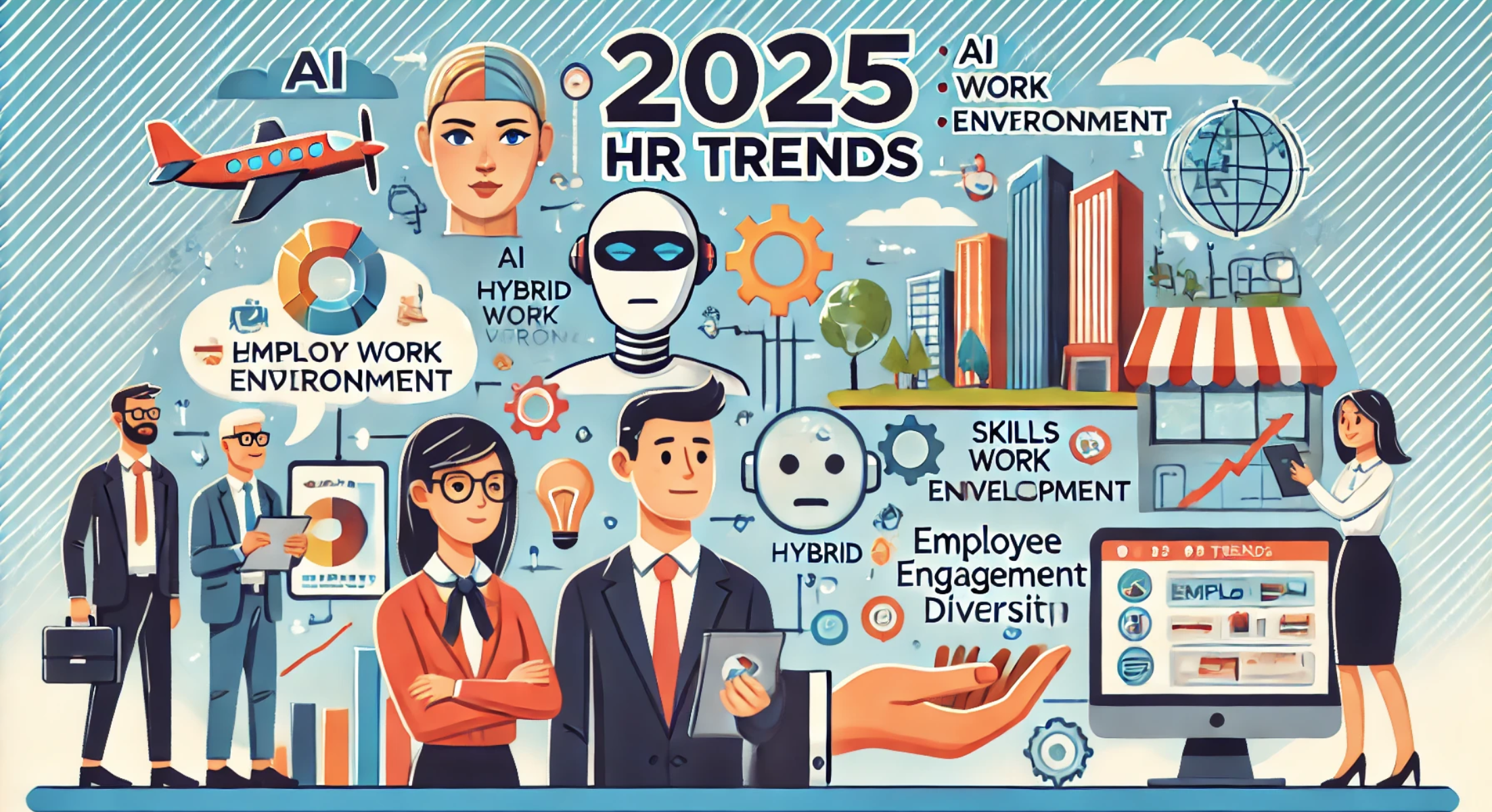 Employee Experience
Employee Experience
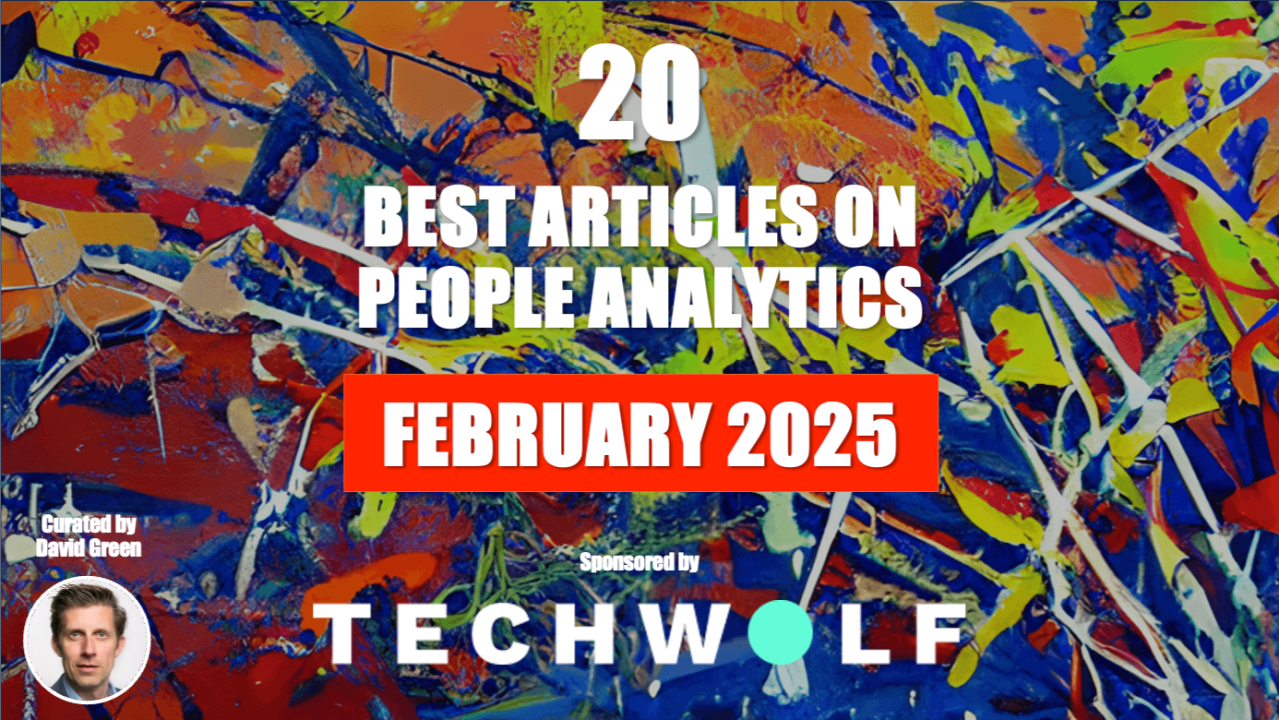 Employee Experience
Employee Experience
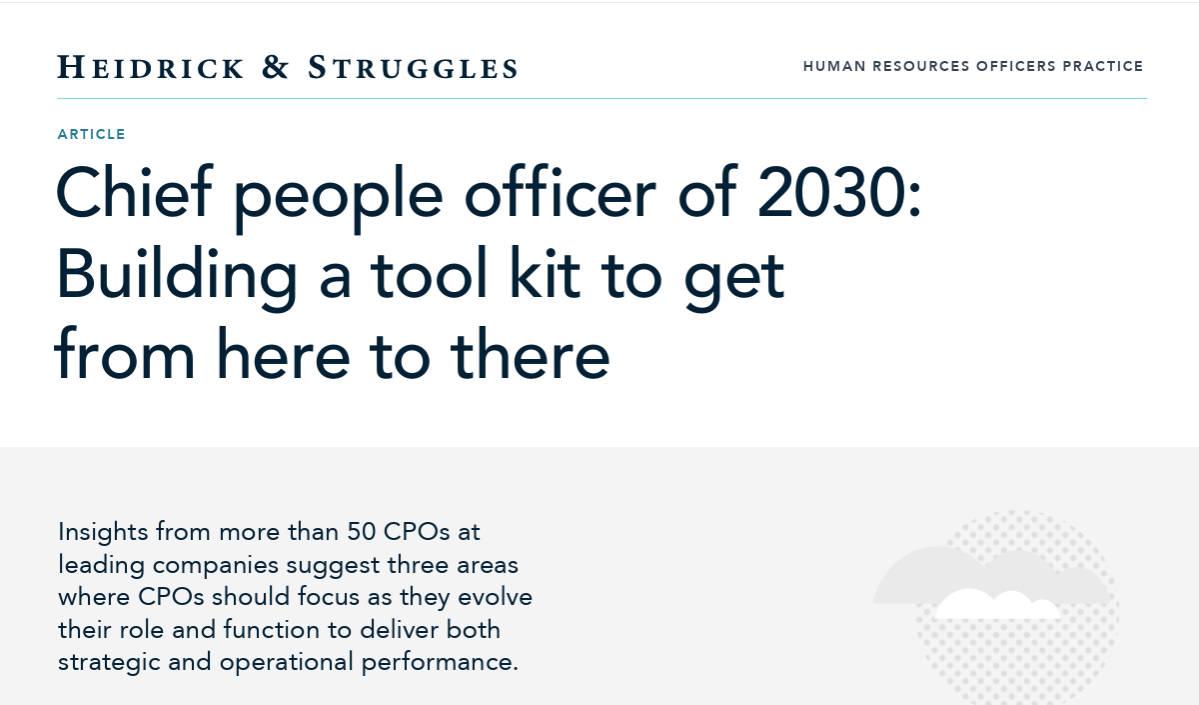 Employee Experience
Employee Experience
 Employee Experience
Employee Experience





 扫一扫
添加客服
扫一扫
添加客服




